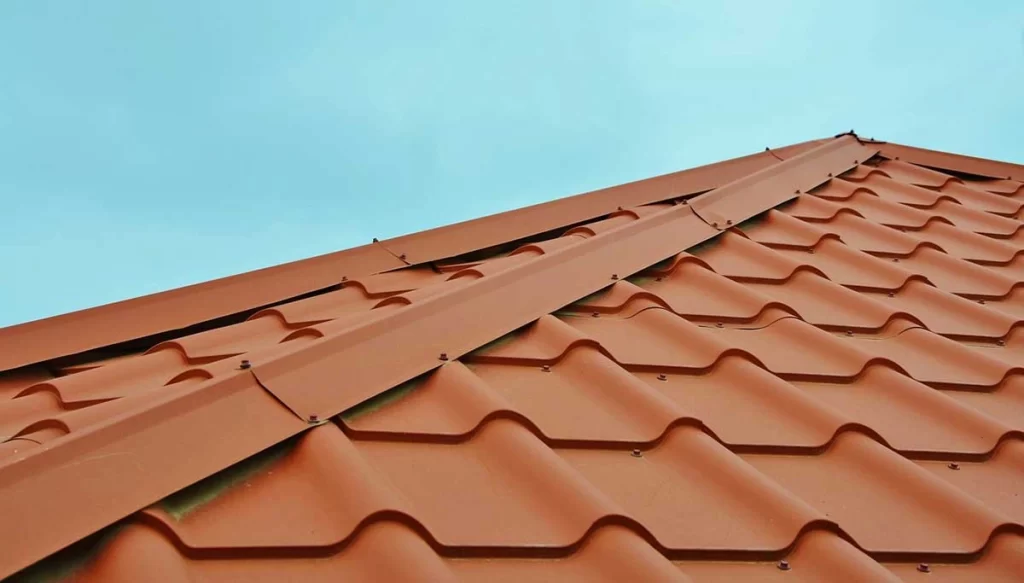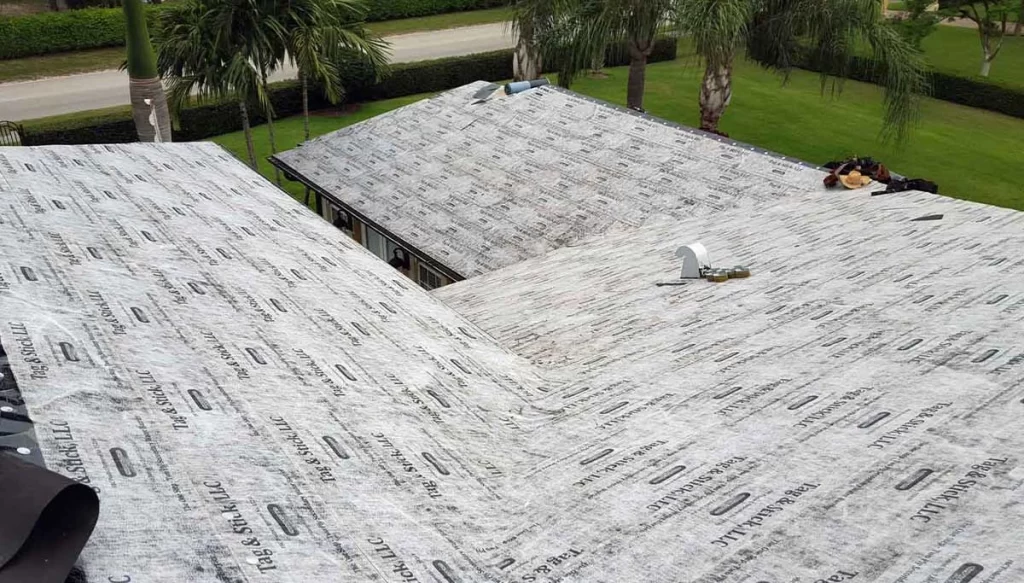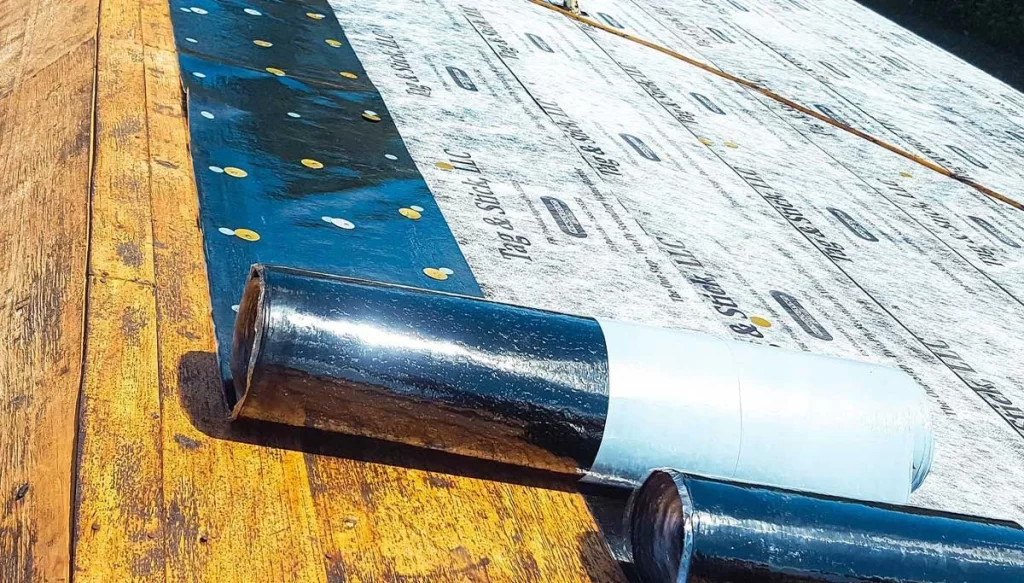Does A Metal Roof Need Underlayment?

Metal roofs are becoming an increasingly popular option for both commercial and residential buildings, but if you are considering going with a metal roof, it is important to understand the role underlayment plays. An underlayment will offer your building increased protection over a metal roof alone. Let’s explore metal roofs and why they need underlayment.
Why You Might Want To Go Metal

Asphalt shingles still lead the market as the most popular roofing material, but that doesn’t mean it’s the best choice, in several categories, metal roofs have asphalt shingles beat. Modern metal roofs have one the highest expected life span of any roof material and require some of the least maintenance. In fact, with proper maintenance and the right coatings, you can expect over 70 years of service from a metal roof.
Metal is also higher rated against wind gusts and can handle the damage from flying debris without springing a leak. They are also less prone to cracking, warping, and peeling from heat exposure than wood and asphalt roofs.
Finally, metal roofs increase the thermal efficiency of the building they’re on as they reflect more solar radiation, allowing your air conditioner to work less hard and save you money during those hot Florida summers.
The grass isn’t completely green on the metal roof side. Metal roofs come with higher upfront costs as the material and amount of labor required to install them tend to be higher. Metal roofs can generate a lot more noise than other material types. While the pitter-patter of rain drops on a metal roof does sound dreamy, the shock that comes with the cracking sound of metal expanding and contracting with the weather or from birds dropping items can be overwhelming for some.
The heating and cooling of the roof at different rates can also cause gaps to form where water can sneak in.
Underlayment: Making Up For Metals Shortcomings

Underlayment is a barrier placed between the roof decking and the outer roofing material. Its primary function is to prevent moisture ingress but depending on what type of underlayment you go with can have a number of bonus functions.
The Importance of an underlayment is that any moisture that makes its way to the roof deck will cause it to deteriorate at an accelerated rate and can lead to additional issues such as mold. With the high initial costs of a metal roof, it only makes sense to ensure you choose the best supporting materials to ensure you get the maximum lifespan out of it.
Popular Underlayment Options

There are several different types of underlayment options, but we are going to look into the three most popular, and why you may want to choose one over,
Asphalt Felt Underlayment
Asphalt Felt underlayment is also known as Felt paper, tar paper, and asphalt-soaked tar, and is the most commonly used underlayment for metal roofs with a steep slope. The driving force behind asphalt felts popularity is how affordable it is, which helps in offsetting the increased cost of metal shingles. Price isn’t the only asphalt felt has going for it, it has proven itself to be a reliable waterproofing option, creating a uniform waterproof layer for your roof.
The downside of asphalt felt is that it struggles with the Florida heat, which can cause it to harden and crack prematurely, requiring you to redo your underlayment even though your metal roofing is still ready to serve several more years.
Self-Adhering Membrane
Offer referred to as peel-and-stick underlayment, a self-adhering membrane uses a rubberized asphalt or butyl-based adhesive to secure polyethylene sheets to the decking surface of the roof. Self-adhering membranes excel in high-temperature environments, are suitable for styles and slopes of roofs, and can be manipulated to give protection to the most complex of architecture.
Self-adhering membranes require less tools and labor to fit than other underlayment options, making it the safer option for homeowners.
Synthetic Sheets
The newcomer to the underlayment world who is steadily gaining popularity are synthetic sheets. Synthetic sheets are woven sheets of polyethylene or polypropylene and a thermoplastic polymer base that forms a protective layer that is applied to the roof deck.
The use of thermoplastic polymers creates a very durable underlayment that is very resistant to tearing, can tolerate incredibly high temperatures, and benefits from an increased lifespan that matches your metal roof.
Synthetic sheets are the most expensive of all the underlayment options and need to be paired with a proper ventilation system to allow excess moisture to escape.
Tag & Stick – The Underlayment Of Choice In South Florida
Tag & Stick has been South Florida’s trusted name in commercial underlayment for over 25 years. Looking for advice on metal roofing underlayment that is safe, easy to install, and long-lasting? Give the professionals a call at 954-255-3107 or email us at info@tag-stick.com.